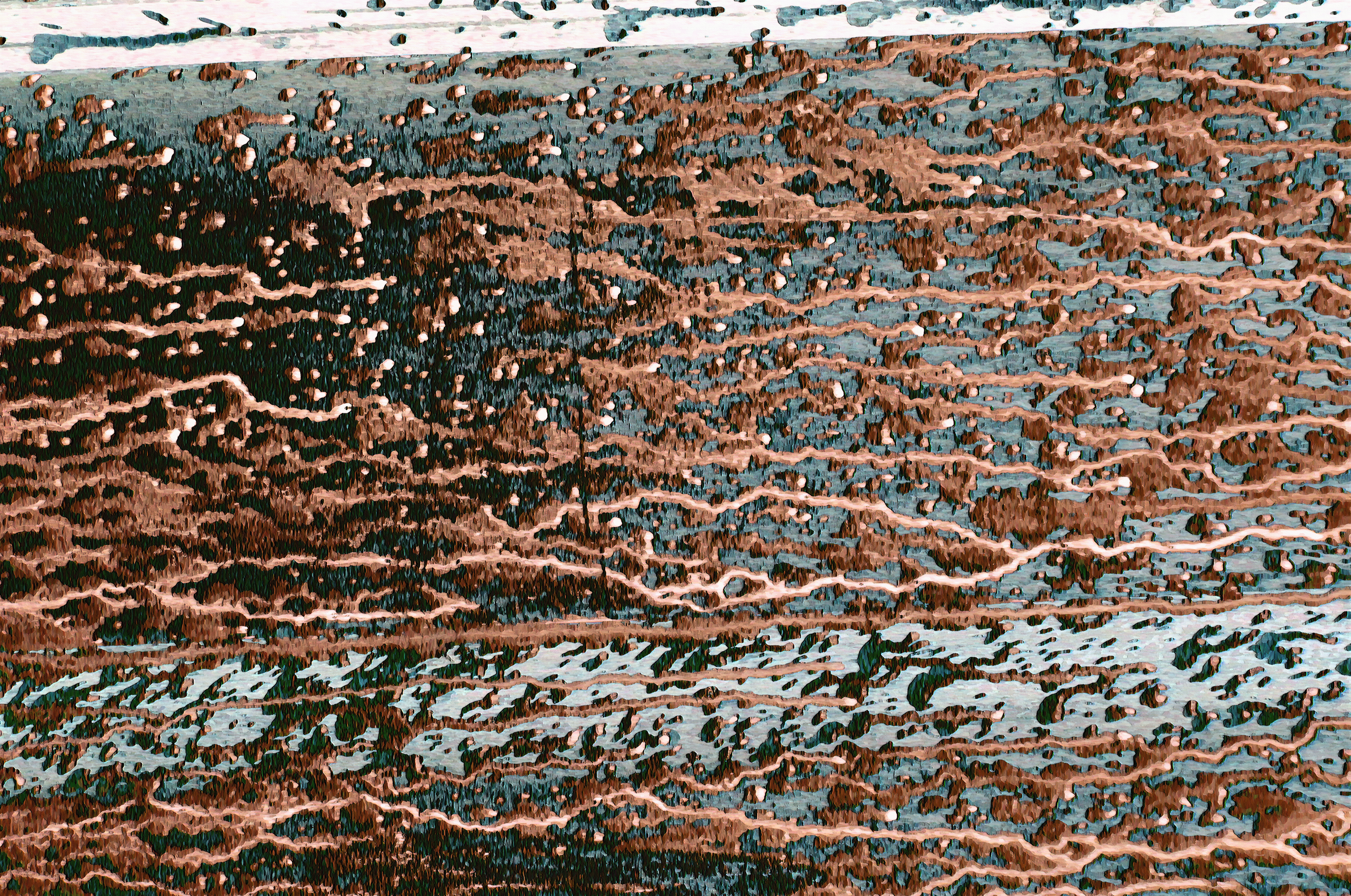HOME | DD
 aegiandyad — The Particle Zoo or A Busy GSV Ship Bay
aegiandyad — The Particle Zoo or A Busy GSV Ship Bay

Published: 2013-04-15 16:16:40 +0000 UTC; Views: 2366; Favourites: 17; Downloads: 8
Redirect to original
Description
When the tally of so-called 'fundamental particles' had reached over two hundred it was realised by Murray Gell-Man and others that some of these must be composites of something simpler and not really fundamental. It was Gell-Man who coined the term 'Quark' after a line in the famously imcomprehensibe Irish novel, Finnegan's Wake, "Three quarks for muster Mark!". The list was then pared down to just eighteen, one of which has yet to be detected or confirmed. This was called The Standard Model of Physics and hailed as a break through... until it was found to be incomplete, whereupon new theoretical particles were invented to plug the gaps. Currently the table looks like this en.wikipedia.org/wiki/List_of_… . If there are 'supersymmetric' partners for each of the known paricles that bumps the list of 'fundamental' particles up to 36! Any more of this and the search will be on for something even more fundemantal that this 'zoo' can be composed of, possibly eentsy-weeny little bits of vibrating cosmic 'string'.I was going to call this 'A Busy General Systems Vehicle Ship Bay' but I'm not sure its resemblance to one is strong enough. This is what wiki has on GSVs General Systems Vehicle
General Systems Vehicles (GSVs) are the Culture's largest type of ship, ranging between 25 km and 200 km in each dimension (including the fields protecting them and forming the exterior of their life-support system). GSVs which provide accommodation for biological members of the Culture generally have populations in the millions or billions, and can be considered worlds in their own right. However, they are also, with some lead time, able to transform into massive factories or warships. In one of the Culture novels (Excession), a GSV unloads its organic population and transforms itself into a very fast-moving shipyard/mothership, effectively deciding the outcome of the main plot thread. In the Culture novel (Surface Detail) Veppers is informed that a single large GSV would be able to combat a fleet of 230,000,000 simple warships - representative of the combined force of an entire lesser civilisation - alone.
GSVs generally have little resemblance to traditional 'ship' design expectations, as they are enveloped in multitudes of fields which allow them to dispense with anything resembling an outer protective hull or shell, instead often being covered with parks and outside buildings. Their layers serve different purposes - from atmosphere containment, foreign object barriers and sensory input/signalling to traction fields for interstellar movement.[1]
GSVs are so complex and so vital to the Culture that they are described as generally being controlled by three Minds (although the System Class GSV Empiricist is described as having seven in "The Hydrogen Sonata". So far (2008) Banks generally assumes that a GSV's three Minds agree on major issues, but has also explored the possibility and consequences of major disagreements, which can result in the losing Mind(s) being forced off the ship and the winning Mind(s) taking full control.
Classes of GSV are usually named after the largest planetary geological/geographical features. Some of the known classes of GSV are (in decreasing order of size and capability):
System Class [multiple separate components suspended in a force field up to 200 km long][2]
Plate Class [53 km long, 22 km wide, 4 km thick,[3] or, including fields, up to 90 km long, 60 km wide, 20 km thick][4]
Range Class
Equator Class
Continent Class
Ocean Class

























